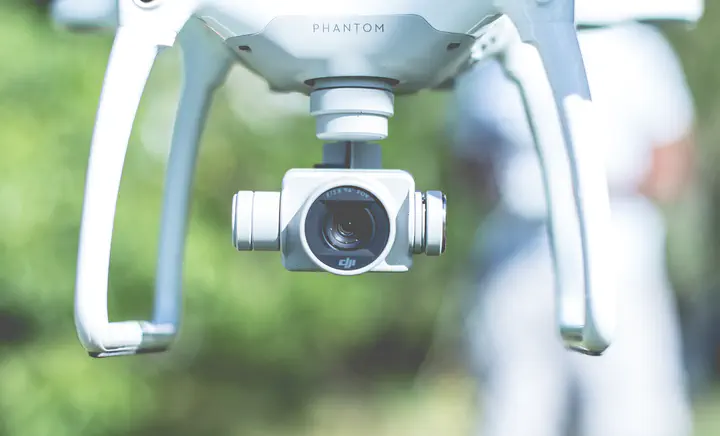Energy Efficient Beamforming for Small Cell Systems: A distributed Learning and Multicell Coordination Approach
 Image credit: Unsplash
Image credit: Unsplash
Abstract
The integration of small cell architecture and edge intelligence is expected to make high-grade mobile connectivity accessible and thus provide smart and efficient services for various aspects of urban life. It is well known that small cell architecture will cause high inter-cell interference since the adjacent cells share the same frequency band. One of the most promising techniques to mitigate inter-cell interference is beamforming, however, how to coordinate the beamformers in a multicell dynamic network to reach a global optimum is an extremely challenging problem. In this paper, we consider analog beamforming with low-resolution phase shifters, and propose a distributed learning and multicell coordination based energy efficient beamforming approach for multiple-input and single-output (MISO) small cell system. The goal is to maximize the energy efficiency (EE) of the whole system by jointly optimizing the beamformer and transmit power. We perform extensive simulations in both static and dynamic scenarios, and validate the performance of the proposed approach by comparing with baseline and existing schemes. The simulation results demonstrate that the proposed approach outperforms the baseline and existing schemes with an significant improvement in terms of EE for both static and dynamic network settings.
Supplementary notes can be added here, including code and math.